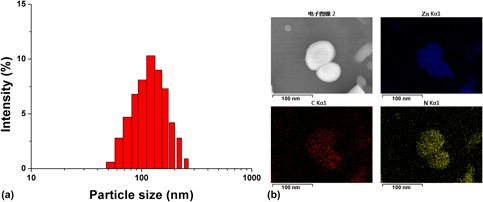Article contents
Hyaluronan-coated meta-organic framework loaded with cisplatin and oleanolic acid for synergetic chemotherapy of colorectal cancer
Published online by Cambridge University Press: 29 January 2020
Abstract

Effective cancer therapy is usually limited by the off target distribution of chemotherapeutic drugs and multidrug resistance (MDR) of cancer cells. As a result, the development of a drug delivery system (DDS) capable of targeting cancer cells while at the same time delivering two or more chemotherapeutic drugs is believed to be a good solution to this dilemma. Herein, a hyaluronan-coated meta-organic framework nanoparticles (HM) were fabricated as a DDS in our study to deliver cisplatin (PDD) and oleanolic acid (Ola). Positive results were obtained in our study which reveal that the DDS (HM/PDD/Ola) is favorable in colorectal cancer (HCT116) therapy by enhancing targeted apoptosis and reversing MDR. Compared with applying free drugs or mono DDS, the dual loaded HM/PDD/Ola showed synergistic effects and better performance, which might be a future alternative for the chemotherapy of colorectal cancer.
Keywords
- Type
- Article
- Information
- Copyright
- Copyright © The Author(s), 2020, published on behalf of Materials Research Society by Cambridge University Press
References
- 1
- Cited by





